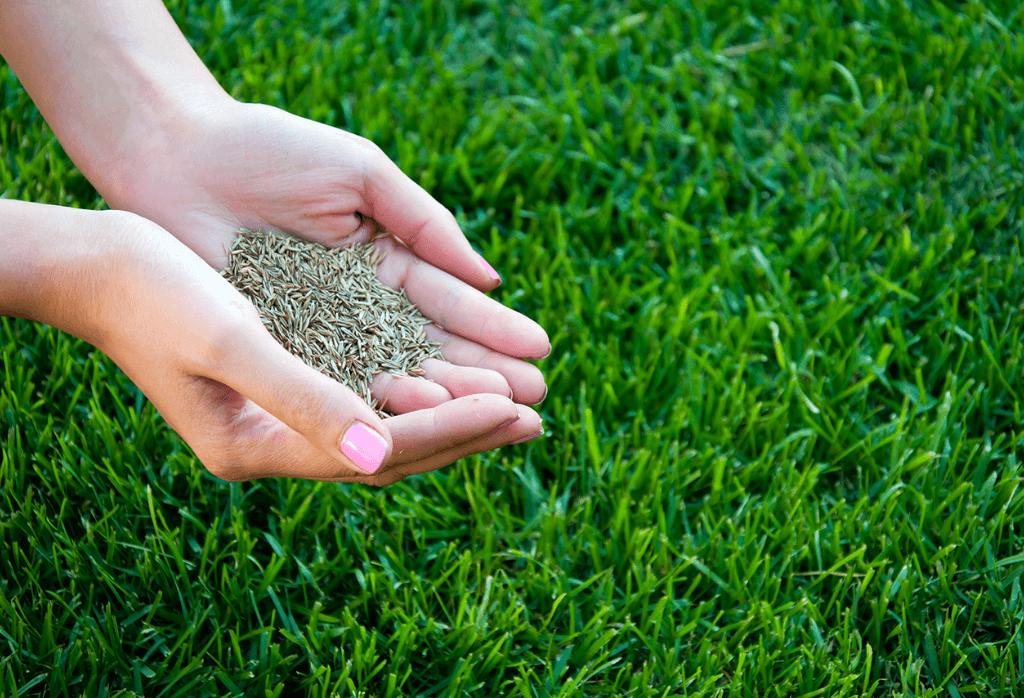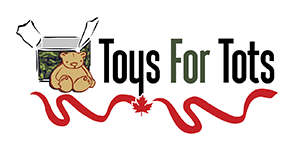Dethatching and Overseeding
Benefits of Overseeding Your Lawn
Overseeding your lawn has many benefits. It fills in bare spots and thin areas, creating a lush, dense lawn that looks healthy and vibrant. Introducing new grass varieties can enhance your lawn’s resistance to diseases and extreme weather conditions, ensuring long-term resilience. Overseeding rejuvenates tired, patchy grass, giving your lawn a fresh, uniform appearance. It creates a rich, green color that boosts curb appeal.

Keep Your Lawn Lush and Vibrant Year-Round with Overseeding
Overseeding is a simple yet powerful technique to revitalize your lawn and create a lush, healthy landscape. By sowing additional grass seed, you can:
Outcompete Weeds: A thicker, denser lawn crowds out weeds, leaving less room for them to germinate and grow.
Repair Damage: Overseeding helps restore lawns stressed by drought, disease, or heavy foot traffic.
Strengthen the Root System: Increased grass growth leads to deeper, stronger roots, improving soil structure and nutrient uptake.
Enhance Drought Tolerance: A well-rooted lawn can better withstand dry conditions by holding more moisture in the soil and reducing evaporation.
Prevent Soil Erosion: A denser lawn stabilizes the soil, protecting it from erosion caused by wind and rain.
Save Money: Overseeding is a cost-effective way to improve your lawn compared to complete re-sodding or starting over with new turf.
By investing a little time and effort into overseeding, you can enjoy a beautiful, resilient lawn that will thrive for years. Overseeding in the fall or spring ensures your lawn stays healthy and green during its growing seasons, giving it a head start for the year ahead.
Frequently Asked Questions
Dethatching is done with a machine that cuts vertically into the grass to loosen and remove dead grass buildup. The removed thatch is then raked by hand, bagged in clear garbage bags, and left at the curb. This process is typically done in the fall and is quite traumatic for the grass, taking several weeks to recover. Dethatching is not recommended in the spring, as the ground is usually too soft and may cause damage.
Avoid dethatching during the peak of summer heat or in the dead of winter, as this can stress the grass and delay recovery. Hometurf offers dethatching in the fall only.
Why Your Neighbors Love Hometurf

Google Rating
4.8
Proud to Partner With



Award-Winning, Hassle-Free Lawn Care




